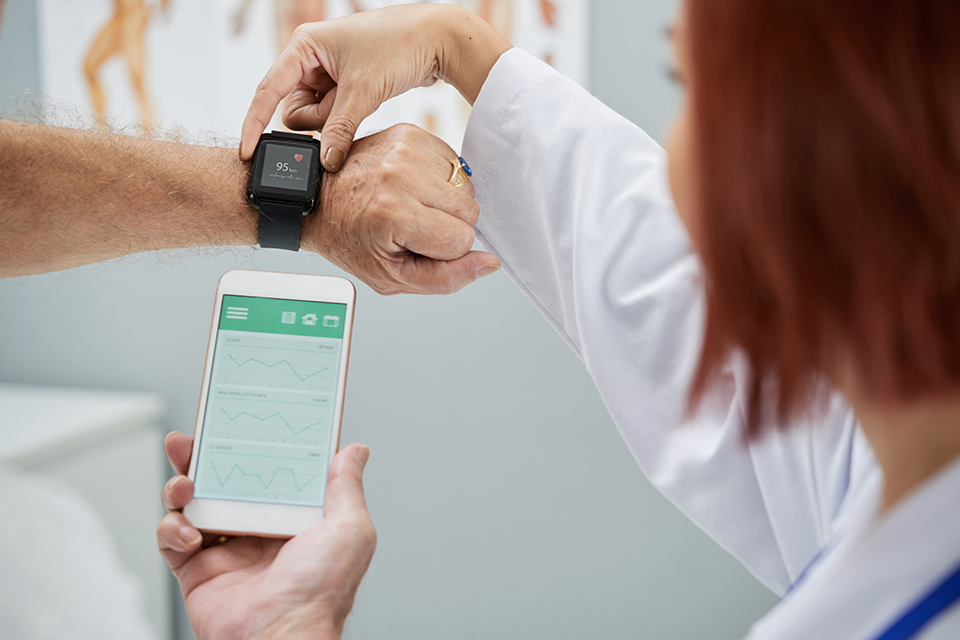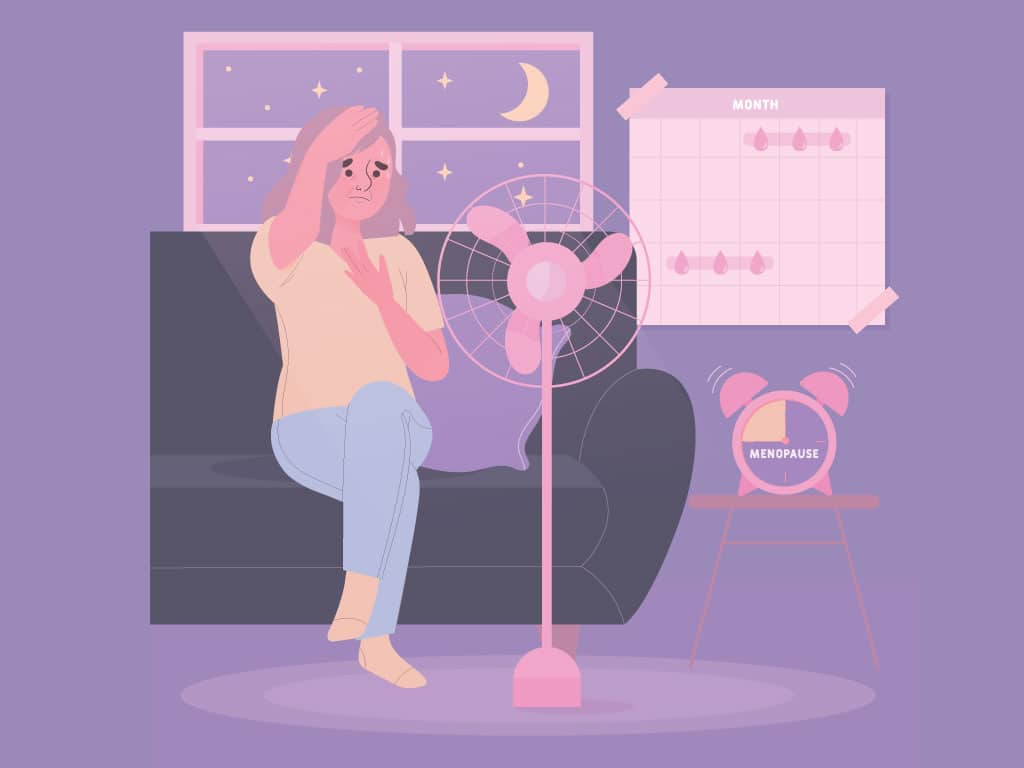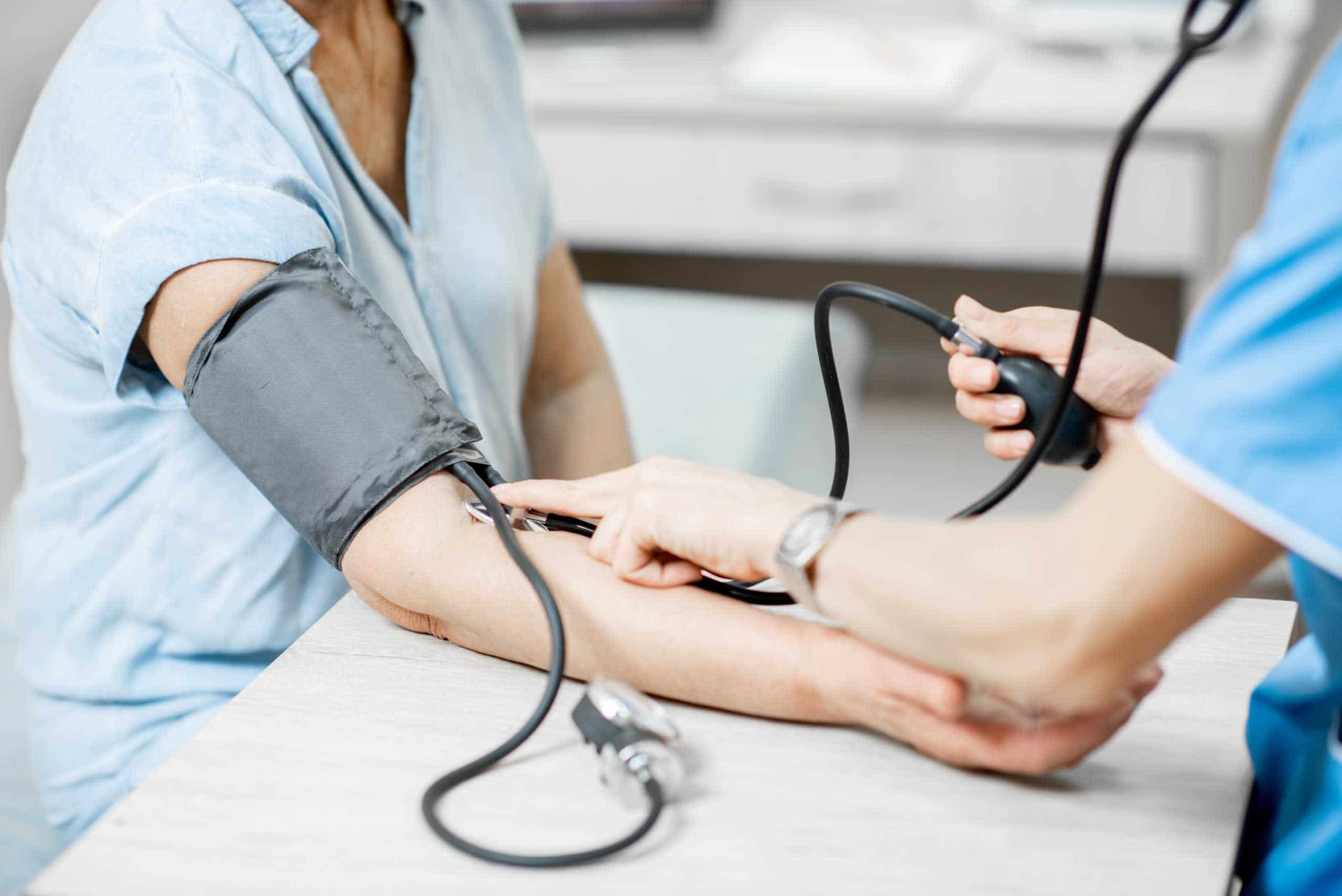The emergence of wearable devices can potentially be ascribed to advances in miniaturizing electronics coupled with efficient power management or long-lasting power sources. These kinds of electronics generally contain microcontrollers, memory components, wireless transceivers along with sensors for gathering collection. In relation to healthcare wearables, wearable medical devices are frequently utilized to gather physiological information such as heart rate, blood pressure or body temperature.
Wearable technology offers the advantage of frequent and continuous collection of data. This could prove useful, especially in situations where data analysis can extract patterns which signify a possible abnormality in bodily functions. The application of machine learning (ML) methods to continuously gather information is highly advantageous because it would allow for real-time insights that are otherwise inaccessible without automation. Additionally, ML algorithms can identify hidden patterns or trends that may escape human observation when assessing the resulting datasets.
In this article, we present three patent applications that utilize ML algorithms to analyze data gathered by wearable medical devices. Two of the patent applications describe a device worn outside the body while the other patent application explores a medical device implanted near the heart of a patient.
Abiomed | Systems and Methods for Activity Tracking and Physiological Sensing for Cardiac Recovery Assessment and Support in Mechanical Blood Pumps
Heart transplant is a potential treatment option for patients suffering from heart disease. Alternatively, intravascular blood pumps may be suggested as an alternative to transplantation. These devices are surgically implanted in the heart and assist with directing blood flow throughout the body.
The amount of support provided by these devices are determined by clinicians through subjective assessments and indirect metrics of cardiac health such as intracardiac or intravascular pressures using fluid filled catheters. These assessments are often inconsistent and are not done in real-time. This Abiomed patent filing proposes implanting a medical device along with the pump to monitor cardiac health in real-time.
With a medical device, data such as heart rate can be collected in real-time and processed by a microprocessor within the device. In addition to heart rate, the processor can employ an ML algorithm to determine the current activity that a patient is engaged in as well as the physical intensity of the activity. The flow rate of the blood pump can be adjusted automatically based on the activity, activity intensity and other relevant data provided by the medical device.
US 2023/0154304 was filed on November 17, 2022 by Abiomed Inc.
UnitedHealth | Machine Learning-Based Systems and Methods For Breath Monitoring and Assistance of a Patient
Sharp pain during inhalation may be caused by medical issues, such as fluid buildup in the chest or lung collapse. As a coping mechanism, patients tend to shorten their inhalation period to alleviate discomfort. Although such coping mechanisms are reasonable in the interim until long-term solutions are found for underlying health concerns, this modified breathing pattern can continue even after its root cause has been resolved due to habit formation of altered respiration techniques.
The act of shortening the inhalation period due to discomfort is referred to as splinting. This patent application presents a remedy that aims to unlearn the splinting breathing pattern using a wearable device equipped with sensors. This device, which can be in the form of a patch positioned near the thorax area where motion appears during inhalation and exhalation, records data in waveform format indicating the patient’s breath patterns. This device also comes equipped with an embedded processor featuring a machine learning algorithm capable of identifying instances wherein splinting occurs within the waveform.
Additionally, the wearable sensing device wirelessly interfaces with a stimulator which may take the shape of a glove. Upon identifying splinting, a control signal is transmitted to the stimulator for triggering a stimulating action such as an electrical pulse or vibration that can be perceived by the patient. Such a signal disrupts the splinting pattern and helps reinstate normalcy in respiration cycles.
US 2023/0146449 was filed on November 8, 2021 by UnitedHealth Group Incorporated.
CMCC | Computer-Based Systems and Devices Configured for Deep Learning from Sensor Data Non-Invasive Seizure Forecasting and Methods Thereof
The Mayo Clinic defines a seizure as a “sudden, uncontrolled burst of electrical activity in the brain”. Depending on the type of seizure, this burst of electrical activity can lead to uncontrollable jerky movements, confusion or losing consciousness.
Existing methods for predicting the onset of a seizure largely rely upon employing electrocorticography (ECoG) or scalp electroencephalography (EEG) devices. The operational process of these instruments involves attaching wired probes to the patient’s head to collect required readings for prediction purposes. Despite ensuring precise detection of pre-seizure phases, it is challenging to monitor patients outside a clinical setting due to their cumbersome nature and reliance on cable-equipped apparatus.
For real-time monitoring, this patent application proposes a wearable device capable of continuously gauging biometric parameters such as electrodermal activity, heart rate, and body temperature. These biometric parameters are indirectly connected with brain function. The obtained data feed from the wearable technology is transmitted to a computing center where a seizure forecasting machine learning model predicts possible seizures before they occur. If a seizure is oncoming, the computing center alerts the patient to a possibility of a seizure.
US 2023/0141496 was filed on March 31, 2021 by The Children’s Medical Center Corporation.
More on wearable medical devices in our Wearable Medical Devices report.






